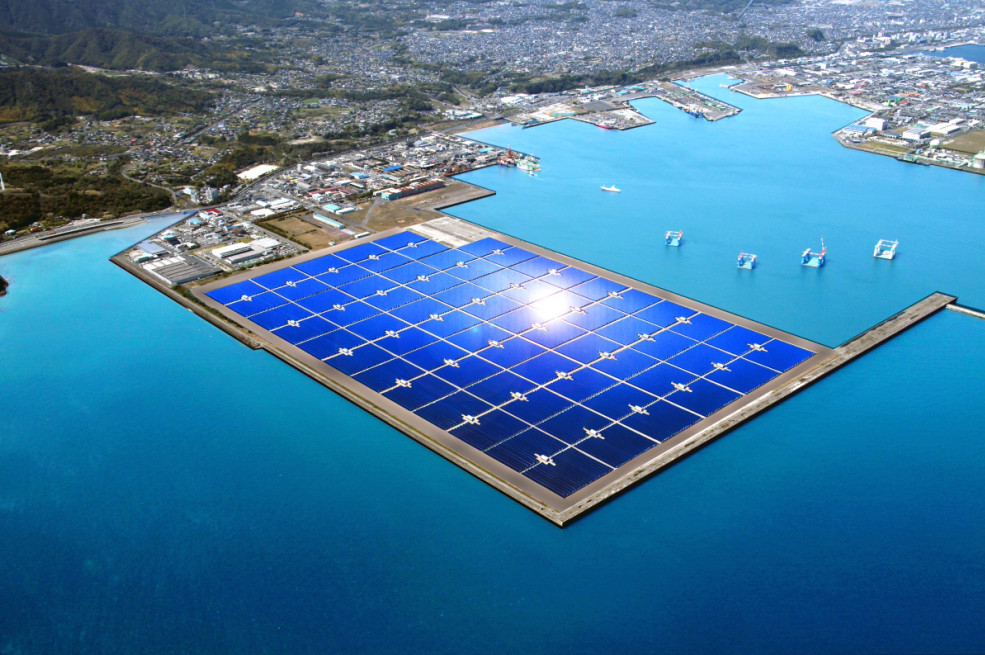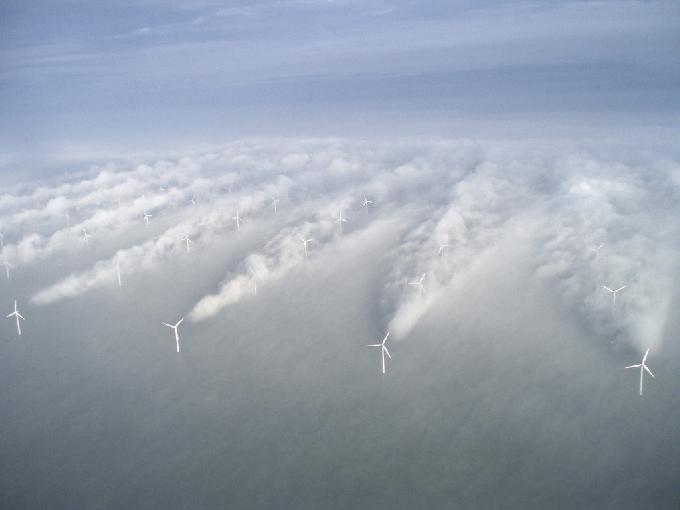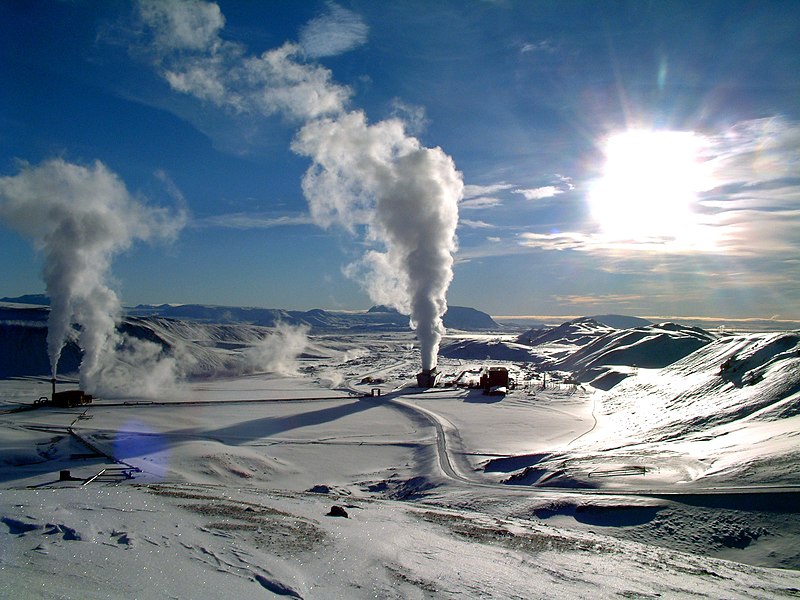In the wake of the earthquake and tsunami that devastated Fukushima Daichi nuclear power plant in 2011, arguably the worst nuclear power accident in history, the Japanese government has decided to phase out nuclear power by 2030.
The accident brought the Japanese government and people to the brink of cataclysmic disaster and in one fell swoop altered Japanese thinking about their energy program and the utilization of Japan’s relatively ample albeit limited government resources.
In order to meet its ambitious goal, Japan has introduced tariffs to subsidize renewable energy and commissioned its first major project in Tahara City, one of the sunnier cities in Japan. The project brings together the collective experience and knowledge of seven of the largest Japanese conglomerates, including Mitsui and Toshiba, to begin building the plant this year and bring it online by 2014.
The plant will cover 800,000 square feet and generate 67,500 megawatt hours of electricity yearly. This is equivalent to the annual consumption of 20,000 homes. One major benefit touted by the designers is a reduction in carbon dioxide emissions each year of 32,000 tons.
The project will require the collaboration of vast teams with knowledge and experience in large scale solar and wind power generation, infrastructure for generation and connective systems, and creation of new technology. The conglomerate will be looking to acquire new “knowhow” to achieve their goals.
Japan is now firmly on the road to solar and wind power use and has already approved a number new projects. Japan to spend $700 Billion on Renewable Energy by 2030






